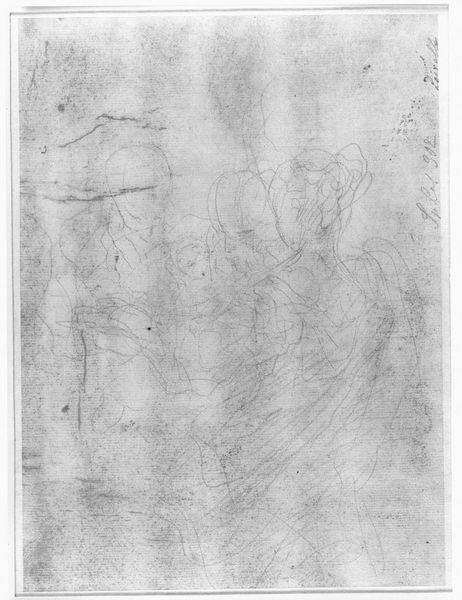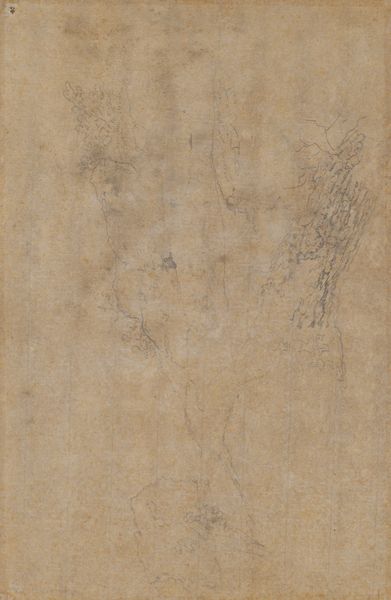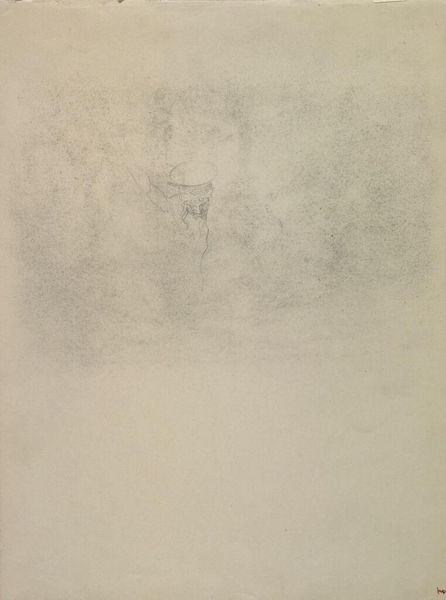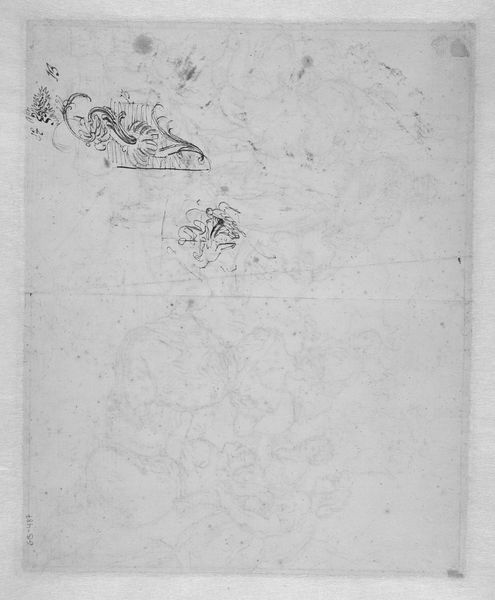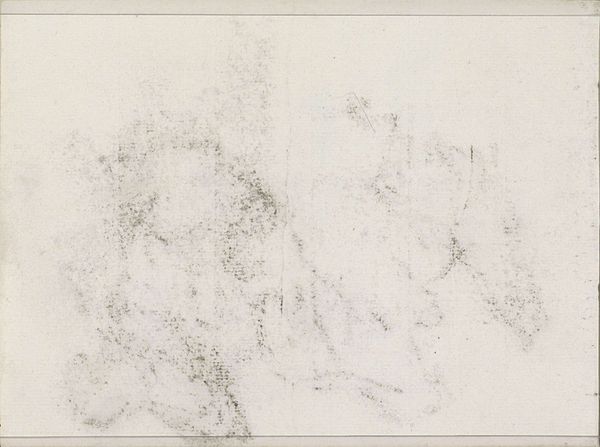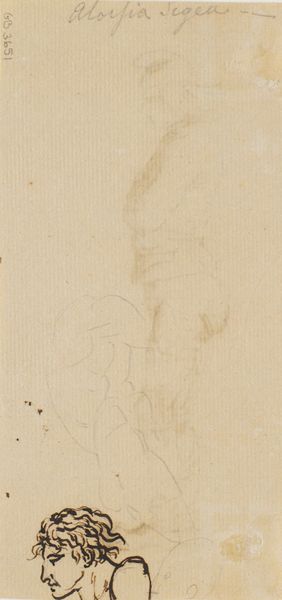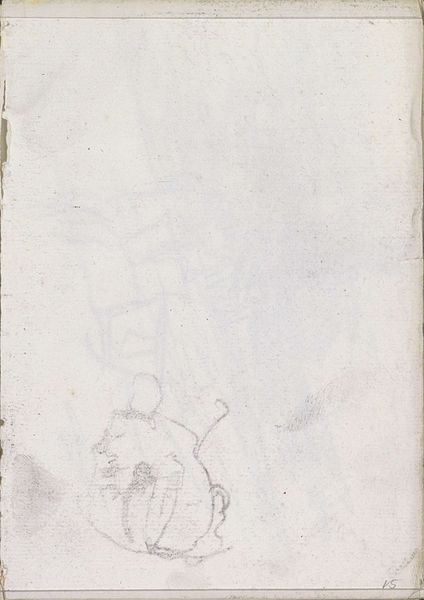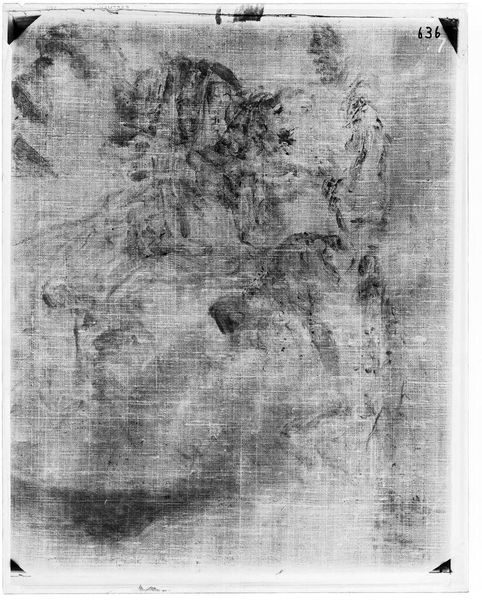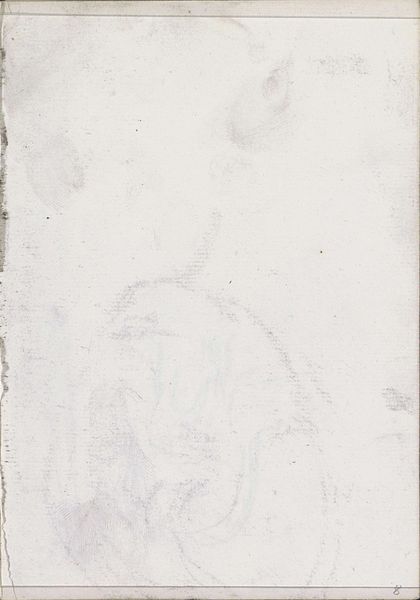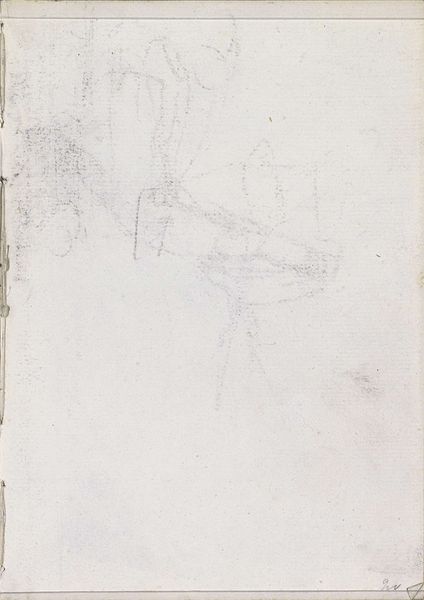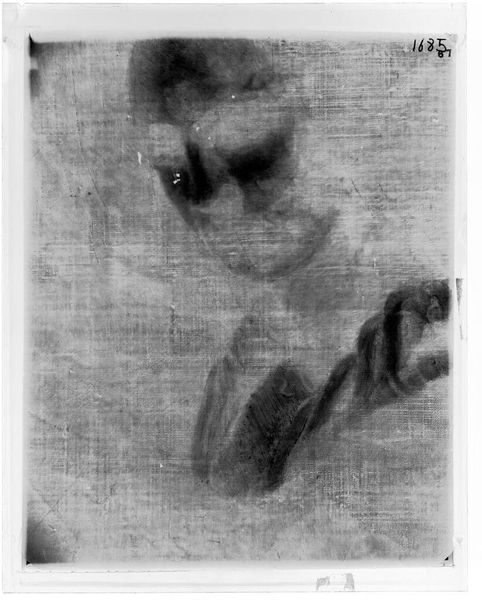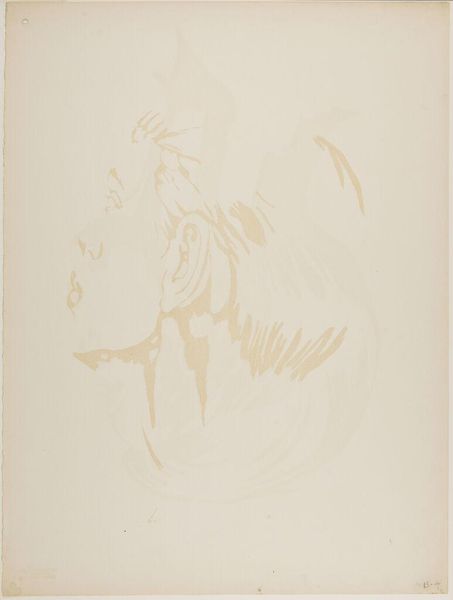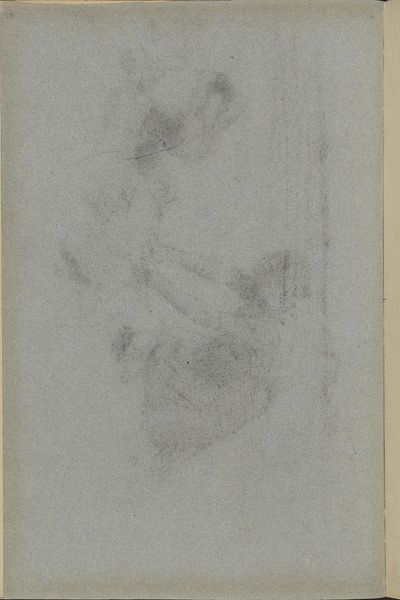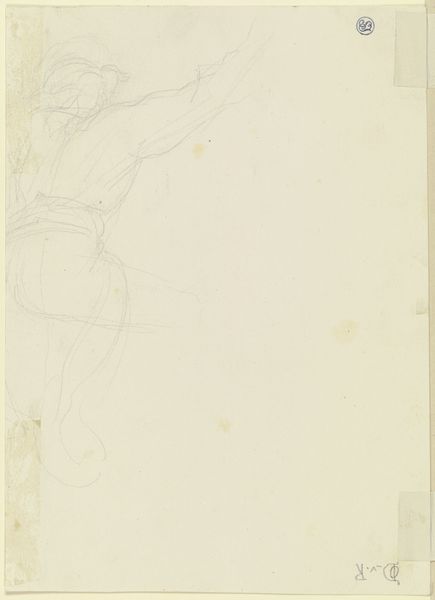
Studies of the messenger and faces from the same composition 18th century
0:00
0:00
drawing
#
drawing
#
figuration
#
line
#
academic-art
Dimensions: 158 mm (height) x 205 mm (width) (bladmaal)
Editor: This drawing, "Studies of the messenger and faces from the same composition," is an 18th-century work currently held at the SMK in Copenhagen. It's attributed to an anonymous artist and seems to be primarily a figural study. The faces have a sort of solemn gravity to them. What strikes you most about this work? Curator: I am particularly drawn to the implied power dynamics here, even within an academic exercise. Given the period, who had access to education, to artistic training? The messenger figure, the dominant image, likely represents a class empowered to deliver information, perhaps even orders, while the other faces seem to occupy a more subservient position, almost like a chorus. Editor: So, you're suggesting this drawing might reveal the hierarchical social structures of the 18th century? Curator: Precisely. And not only reveal them but perhaps reinforce them. Academic art often served to perpetuate the established order, and these "studies" could be interpreted as exercises in understanding and solidifying those power relationships through representation. Who were the artists, and who were their patrons? Their gaze held authority. Consider also the medium - drawing. Its accessibility perhaps afforded the artist the potential to express dissenting ideas, hidden within academic structures. Editor: That makes me see this piece in a completely different light! It’s not just a study of faces, but potentially a document – or even a subtle critique – of the social landscape at the time. Curator: Indeed. Art serves as an essential archive, both in intent and as the unforeseen consequence of creation. Understanding the 'who,' 'what,' and 'why' behind it can unlock worlds. What do you think its location in Copenhagen might suggest? Editor: Perhaps it signals a broader network of academic exchange across Europe at the time? That's fascinating to think about! Curator: It is indeed. By looking at artworks in a variety of ways we might expand access and enrich narratives. Editor: Absolutely. Thanks, this has given me a lot to consider about the role of art in reflecting and shaping society.
Comments
No comments
Be the first to comment and join the conversation on the ultimate creative platform.
